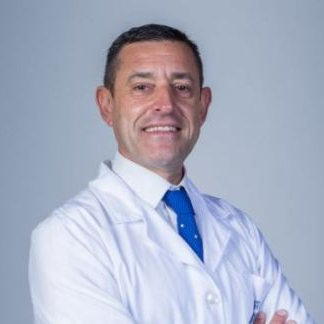Clinical Implants and the Biocompatibility of Biodegradable Biomaterials
A special issue of Materials (ISSN 1996-1944). This special issue belongs to the section "Biomaterials".
Deadline for manuscript submissions: closed (20 December 2019) | Viewed by 27092
Special Issue Editor
2. Research Professor Department of Prosthodontics and Digital Technologies, School of Dental Medicine, State University of New York at Stony Brook, New York, NY, USA
Interests: dental implant design; biomedical engineering; types of biomaterials and bioceramics; dentin bone grafts; implant connection
Special Issues, Collections and Topics in MDPI journals
Special Issue Information
Dear Colleagues,
Implant designs are extremeley important for bone, to implant, contact, and protect bundle bone, which is highly predictable in terms of long-term success. Sometimes, complecated clincal cases have a limited bone ridge as a result of individual physical characteristics of residual bone.
This Issue will focus on implant design and new biomaterials related to collar, body, and apical design, and the use of different biomaterials to reduce gaps and protect periimplant bone.
We need to reduce collar threads and increase the use of tapered implants with conical conections maintaining the bone crest with predictable results.
Prof. Dr. José Luis Calvo Guirado
Guest Editor
Manuscript Submission Information
Manuscripts should be submitted online at www.mdpi.com by registering and logging in to this website. Once you are registered, click here to go to the submission form. Manuscripts can be submitted until the deadline. All submissions that pass pre-check are peer-reviewed. Accepted papers will be published continuously in the journal (as soon as accepted) and will be listed together on the special issue website. Research articles, review articles as well as short communications are invited. For planned papers, a title and short abstract (about 100 words) can be sent to the Editorial Office for announcement on this website.
Submitted manuscripts should not have been published previously, nor be under consideration for publication elsewhere (except conference proceedings papers). All manuscripts are thoroughly refereed through a single-blind peer-review process. A guide for authors and other relevant information for submission of manuscripts is available on the Instructions for Authors page. Materials is an international peer-reviewed open access semimonthly journal published by MDPI.
Please visit the Instructions for Authors page before submitting a manuscript. The Article Processing Charge (APC) for publication in this open access journal is 2600 CHF (Swiss Francs). Submitted papers should be well formatted and use good English. Authors may use MDPI's English editing service prior to publication or during author revisions.
Keywords
- dental implants
- short implants
- conical connection
- bone grafts
- tooth bone graft
- dentin grinder
- biomaterials






